Nestled along the coastline of Calabria, Italy, I stumbled upon a culinary treasure that completely changed how I see an everyday ingredient. The sweet red onions of Tropea aren’t just onions—they’re known as “Calabria’s red gold,” and honestly, that title feels well deserved.
These incredibly sweet onions show up in everything from savory pastas to, believe it or not, gelato. They’re one of Italy’s most unique and celebrated regional ingredients.
Last summer, I wandered through the bustling markets of Tropea and couldn’t help but notice the gorgeous ruby bulbs, braided and hanging from every stall. Locals explained to me that these PGI-protected onions owe their sweetness to the region’s strange mix of soil and climate.
Unlike the onions I grew up with—the ones that make you cry—these taste sweet even when raw. That discovery alone turned me into an onion fan overnight.
But the real shocker? A gelato shop owner insisted I try his red onion ice cream. I hesitated, but the flavor blew me away. The delicate sweetness was unlike anything I’d tasted, and suddenly I understood why these onions are legendary in Italian kitchens.
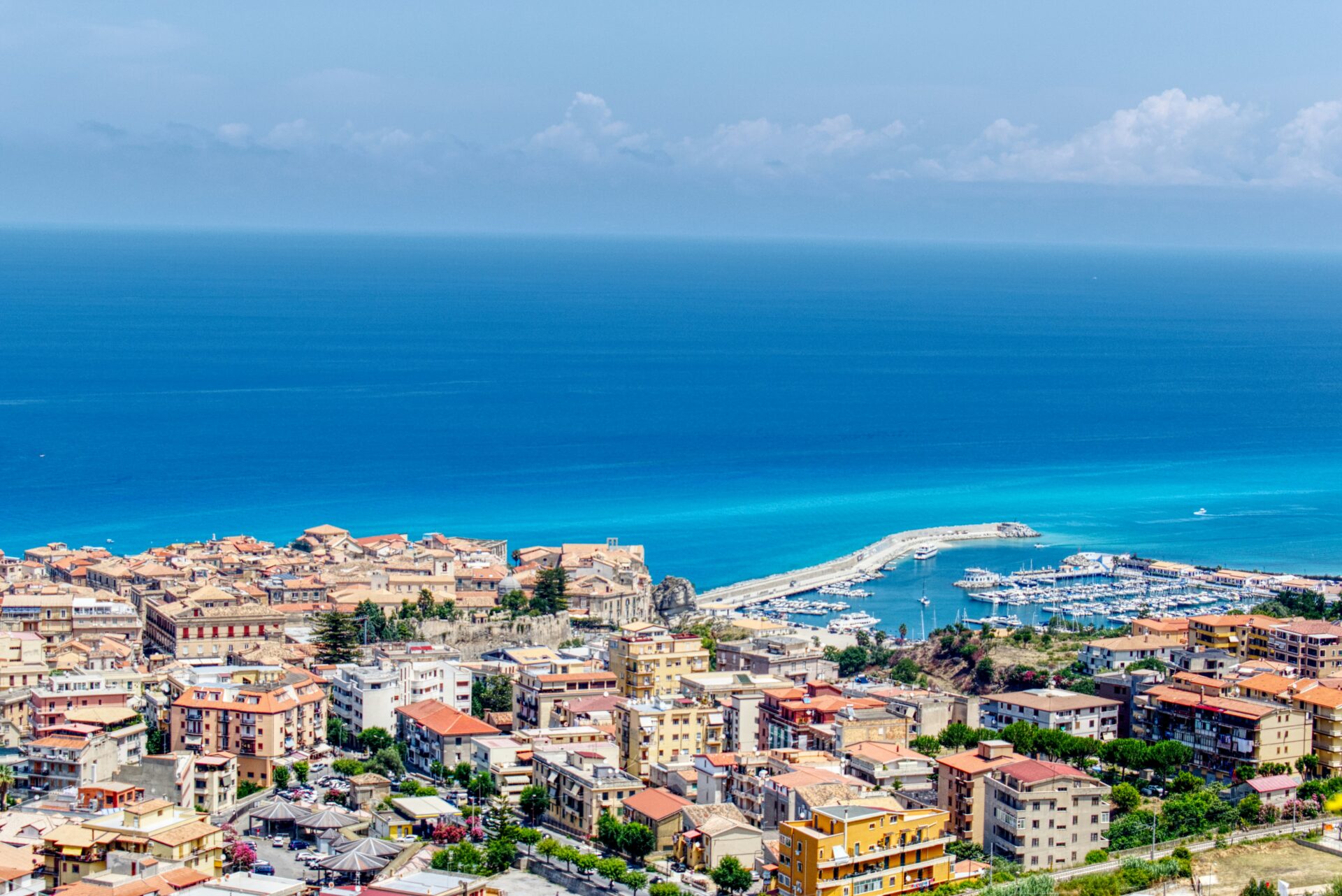
The Story of Tropea’s Red Onions
Tropea’s red onions have a backstory that goes back centuries. People call them “Calabria’s red gold,” and they’ve become a symbol of the coastal town of Tropea.
These sweet, ruby bulbs really are one of Italy’s most prized culinary treasures.
Origins and Evolution
The true origins of the Tropea onion are a bit murky. Ancient Phoenicians apparently brought these onions to Calabria’s coast.
I’ve heard that these traders noticed Tropea’s coastal soils were just right for onions.
Over generations, the onions adapted to this microclimate. Sandy soil and Mediterranean sun brought out their signature sweetness.
Unlike regular onions, Tropea onions have less pyruvic acid. That’s why you can slice them without crying.
Local farmers spent years selecting the sweetest onions to replant, shaping their evolution.
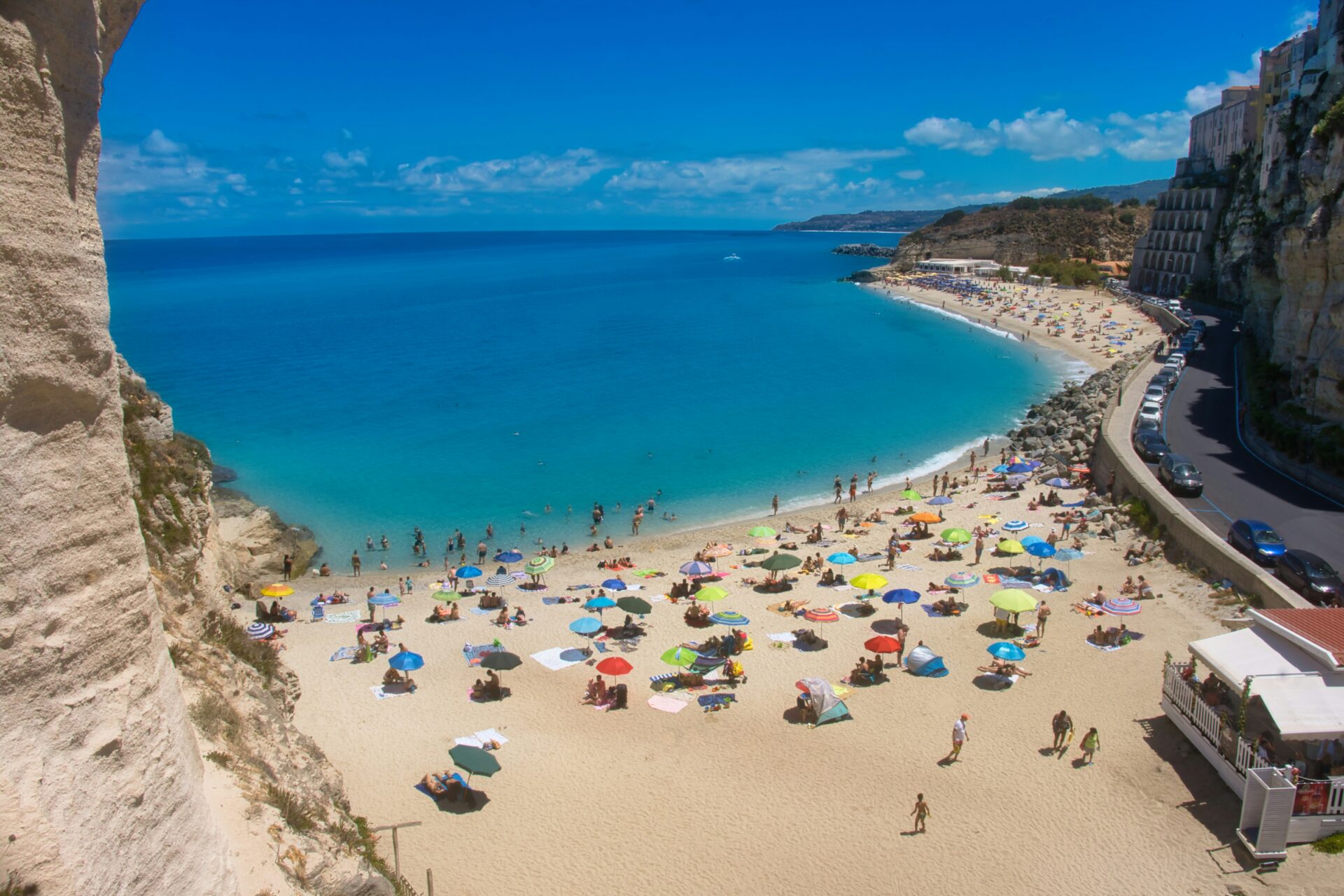
Tropea’s Coastal Influence
Tropea sits dramatically above the Tyrrhenian Sea. The view is stunning, but the sea breeze and mineral-rich soil also make these onions unique.
I’ve watched how the coastal air and soil seem to infuse the onions with exceptional flavor.
Farmers grow them along the strip between Capo Vaticano and Nicotera, even in Paola. The mild, maritime climate helps them flourish.
What’s wild is that you can eat Tropea onions raw, like an apple. Local chefs toss them into marmalades, salads, and even ice cream.
The coastal influence gives them a mineral note you just don’t get anywhere else.
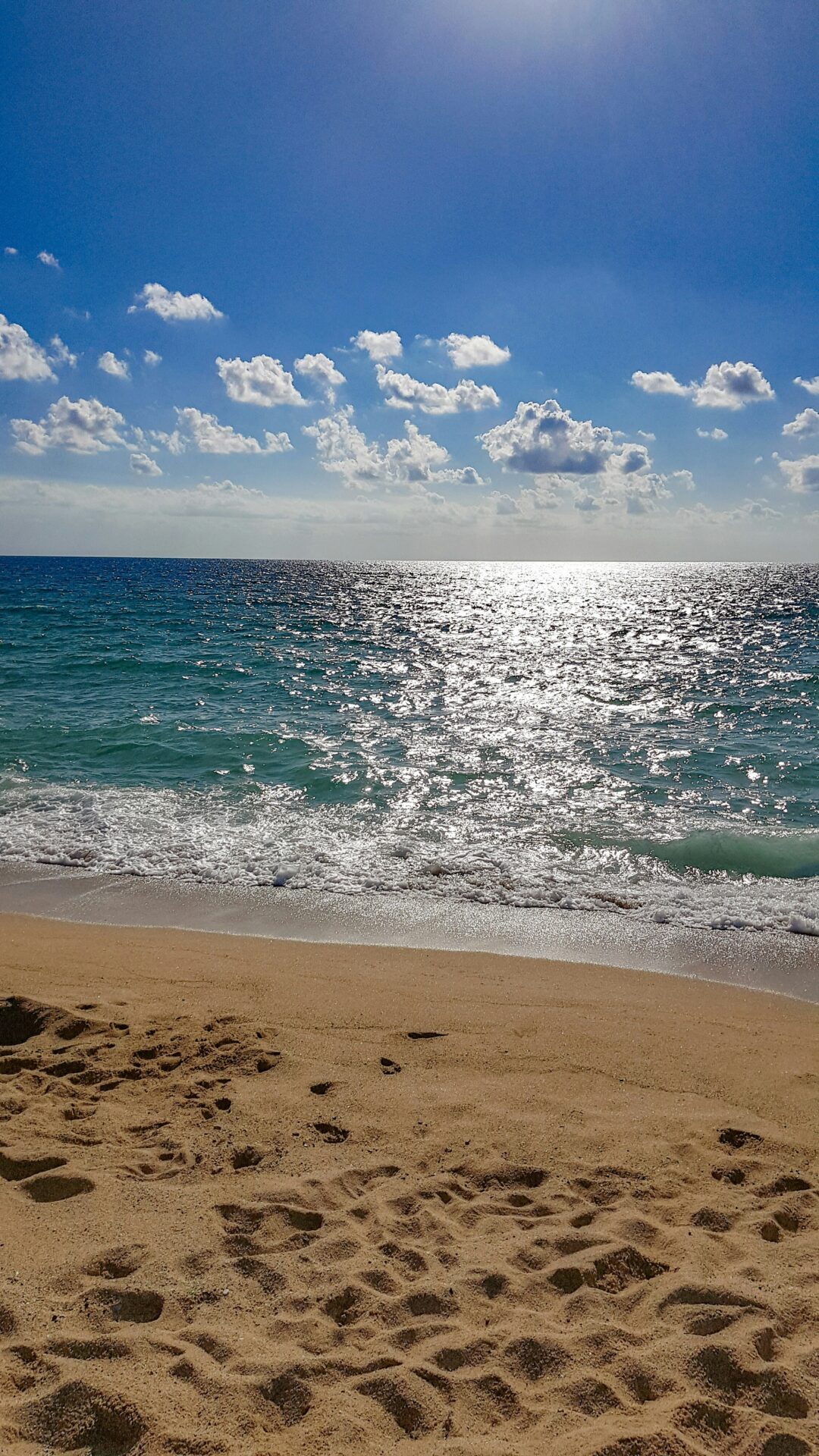
Local Legends and Evidence
Calabria is full of stories about Tropea onions. Some say Byzantine monks first grew them near their monasteries. Others claim Roman generals valued them for their healing powers.
Science backs up some of these health claims. Tropea onions are packed with antioxidants and linked to health benefits. Studies suggest they help reduce inflammation and support heart health.
Archaeologists found evidence near Paola that people grew these onions as far back as the 7th century. I’ve visited local museums where old pottery features these iconic red bulbs.
In 2008, Tropea onions received IGP certification. That protected status officially recognizes their unique qualities and deep roots in the region.
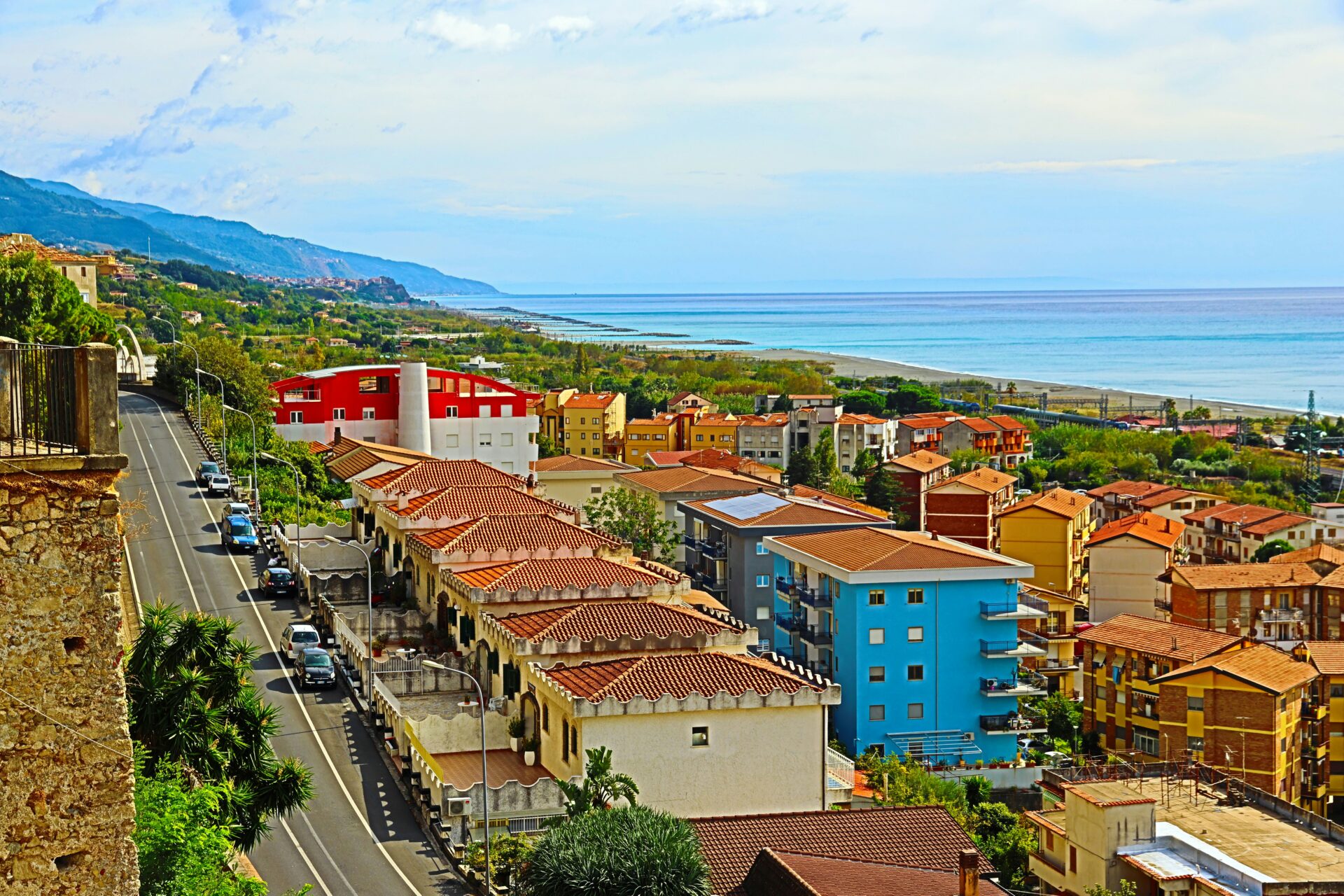
Unraveling the Sweetness: What Makes Tropea Onions Unique
Tropea onions really stand out for their sweetness and vivid red color. These onions from Calabria have earned the “red gold” nickname for a reason.
Distinctive Flavor and Sweet And Sour Balance
The first time I bit into a Tropea onion, I was surprised by its gentle sweetness and touch of sharpness. Unlike normal onions, these don’t sting your eyes or leave a harsh aftertaste.
The real magic? You can eat them raw. Their natural sweetness makes salads taste amazing, and there’s none of that overpowering bite.
Locals call them “la regina rossa”—the red queen. I’ve watched chefs use them in pizzas, sauces, or just grilled on their own.
Their sweet-and-sour balance makes them super versatile. That flavor comes from more sugar and fewer sulfur compounds compared to regular onions.

Climate and Soil Secrets
The secret’s in Calabria’s unique environment. I’ve walked the sandy coastal fields where these onions grow, and it’s clear they’re special.
The sea keeps the climate mild. Warm Mediterranean sun and gentle breezes create perfect growing conditions.
Sandy soil makes a difference too. It drains well and has the right minerals to create that sweet flavor and deep color.
Generations of farmers fine-tuned the growing techniques here. Local producers told me that the mix of soil, climate, and traditional farming just can’t be copied elsewhere.
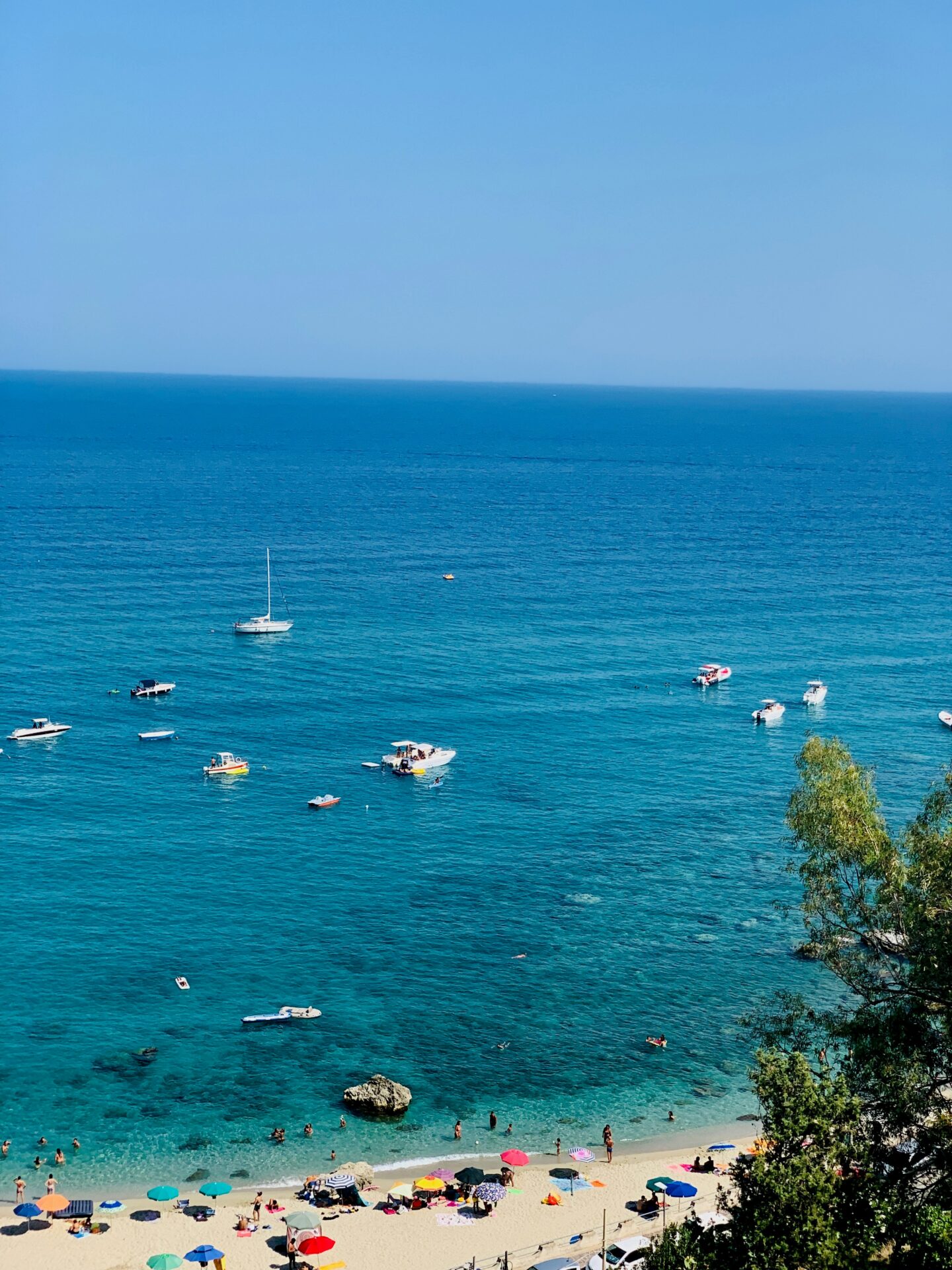
Harvesting and Excretion Processes
Farmers harvest Tropea onions carefully in the summer. I’ve watched them pull the onions from the ground and lay them in the sun to cure.
As they dry, the onions lose moisture. That concentrates the sugars and makes the flavor even sweeter, while cutting down on the harshness.
Many farmers still hang onions in braided “trecce” to dry. Walking through the markets, I saw these beautiful red braids everywhere.
Traditional curing methods make them easier to digest. People who can’t handle regular onions often find Tropea onions gentler on their stomach.
Besides their taste, these onions offer real health perks. They’re loaded with antioxidants and have a long history in traditional medicine.
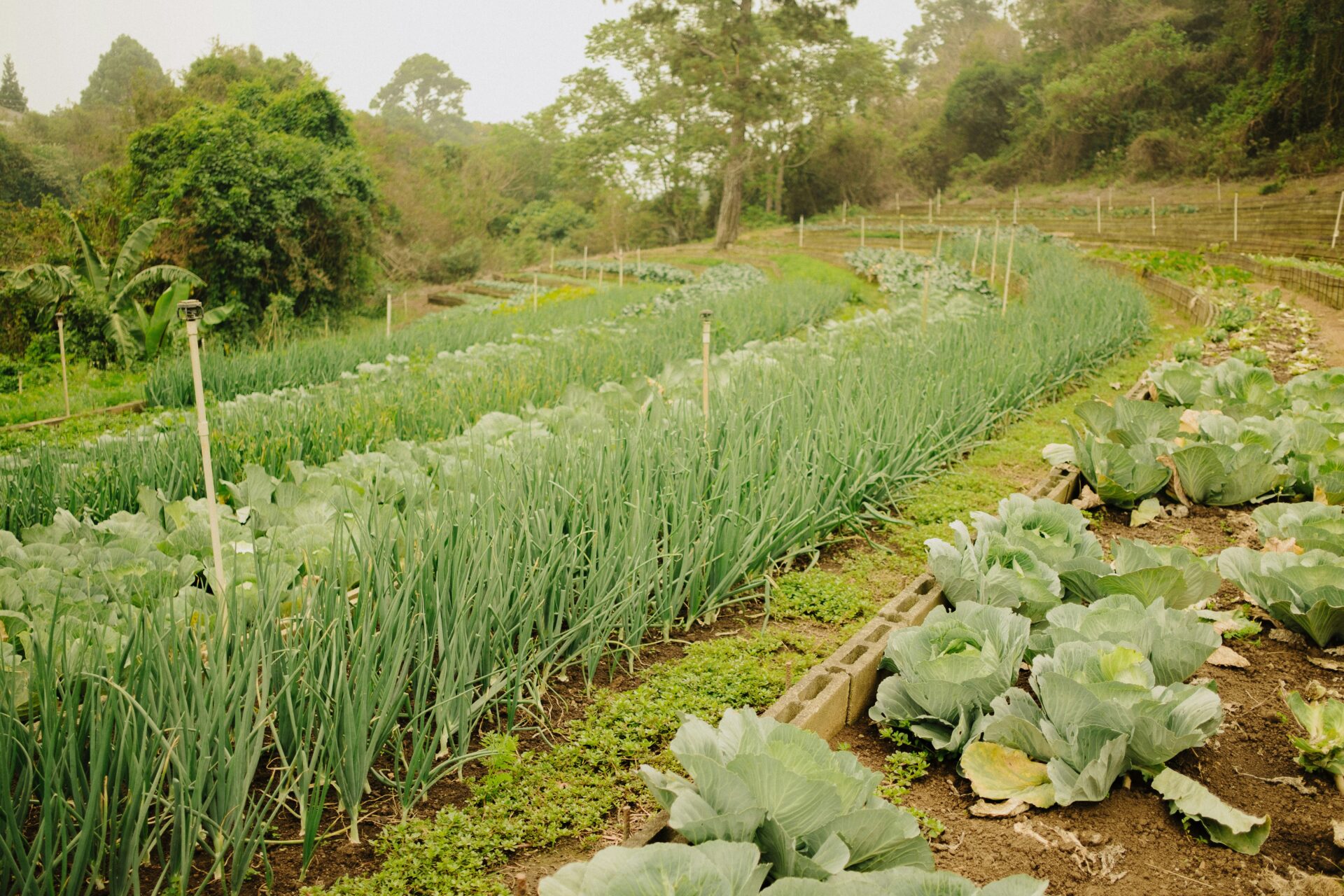
Culinary Gold: Tropea’s Red Onions in Italian Cuisine
Tropea’s sweet red onions have truly earned their “red gold” nickname. They transform basic Italian dishes with their unique sweetness and vibrant color.
Signature Recipes: From Spaghetti to Herring Pairings
I’ll never forget trying spaghetti with Tropea onions in a tiny trattoria near the beach. The locals slice them thin and caramelize them, creating a sweet base for pasta that’s unforgettable.
What really surprised me was how well these onions pair with seafood. The mix of salted herring and sweet onions is a perfect example of Calabrian cooking at its best.
During my travels, I’ve seen Tropea onions turned into jams, preserves, and yes—gelato. It sounds odd, but the sweetness actually works.
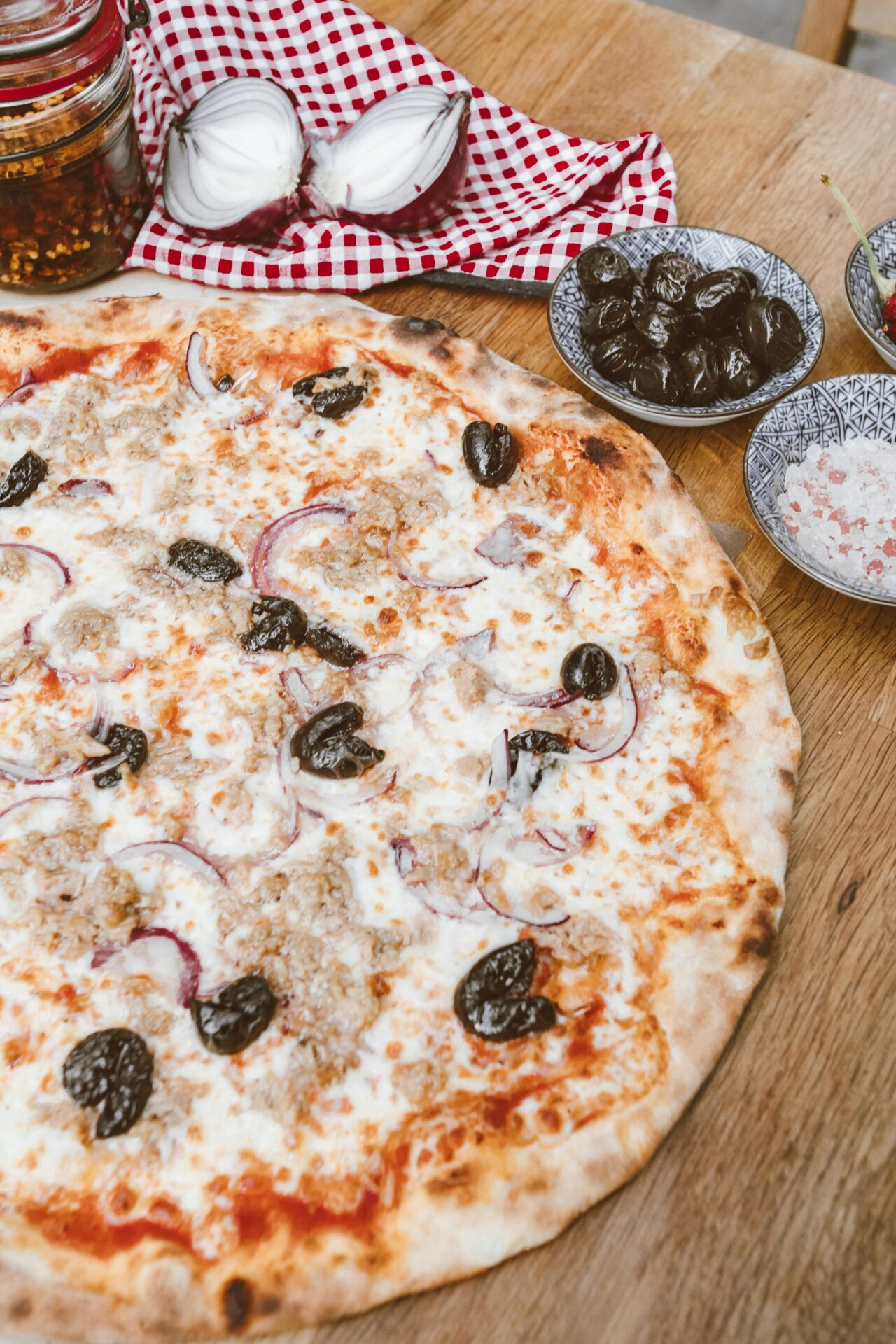
Regional Variations: Milan and Beyond
Tropea onions may come from Calabria, but chefs all over Italy use them now. In Milan’s fancy restaurants, I’ve tasted them in risottos, balancing the creamy richness.
Up north, people use Tropea onions more sparingly. They might pickle or preserve them to enjoy outside the main season.
I find it fascinating how adaptable they are. In Milan’s fusion spots, I’ve tried Tropea onion chutney with international dishes—unexpected and delicious.
The Role of Tropea Onions in Food Exchanges
Tropea onions keep popping up in international markets, and it’s been interesting to watch. These onions have become little ambassadors for Italian food culture.
Their PGI status (Protected Geographical Indication) protects traditional methods and helps with wider distribution. So when you buy real Cipolle di Tropea, you know it’s authentic.
At culinary workshops, chefs talk about how these onions show the importance of terroir—the magic of soil, climate, and tradition. Sharing knowledge about Tropea onions connects food lovers across cultures, all while celebrating their roots.
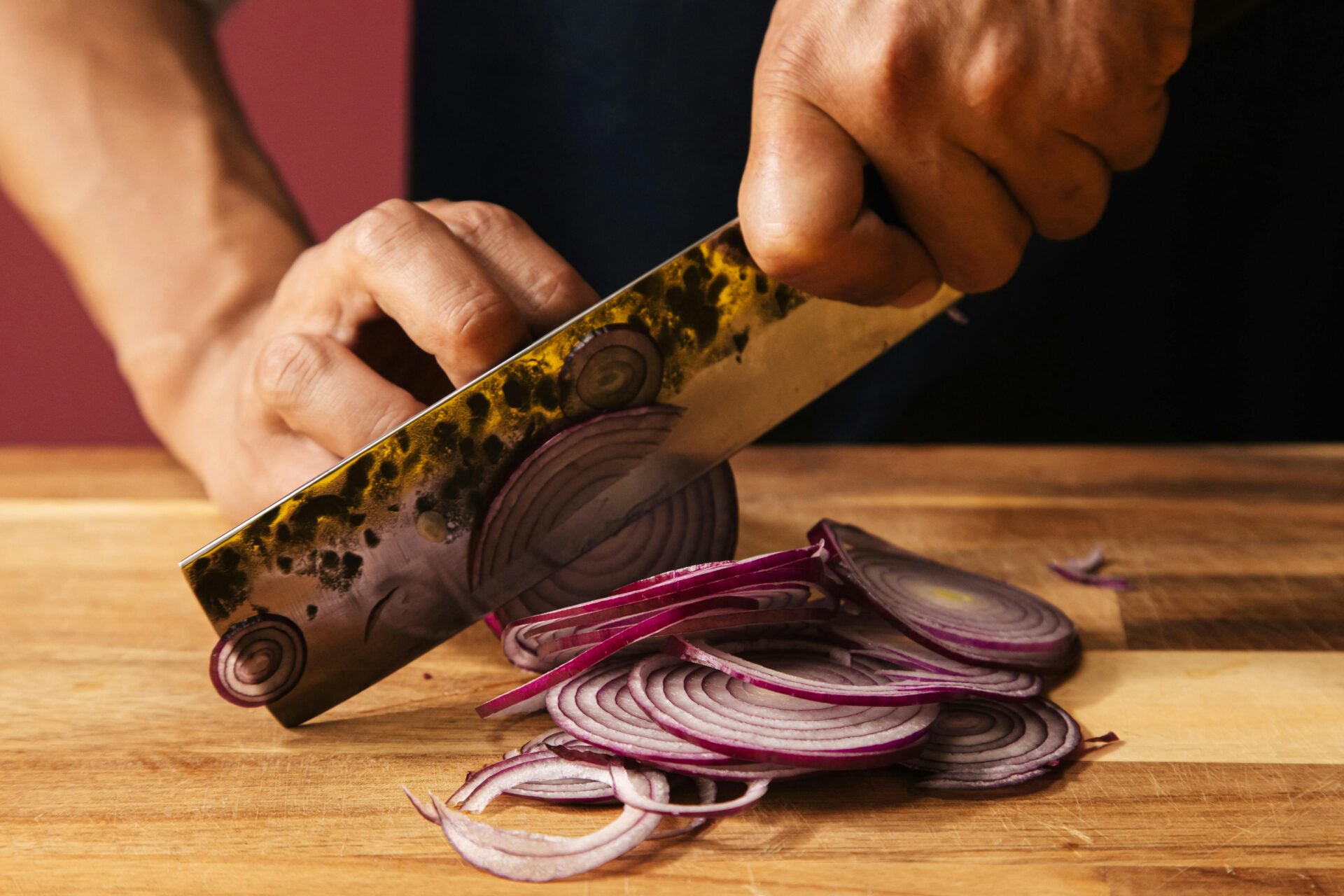
Challenges and Resilience: Keeping the Tradition Alive
Growing these special red onions isn’t always easy. Farmers in Tropea deal with tough weather, shifting markets, and the challenge of holding on to old traditions in a modern world.
Temporary Unavailability and Inconvenience
When I visited Calabria, I noticed that finding real Tropea onions isn’t always simple. The main harvest is in May and June, so there’s only a short window to get them fresh.
Once, I arrived in April and vendors just shrugged—too early, nothing available yet.
Weather makes things tricky too. Weird climate patterns have thrown off the growing season, and one farmer told me, “Last year’s drought cut our yield by nearly 30%.”
Strict certification rules mean genuine Tropea onions aren’t always available when you crave them most. It’s frustrating for locals and visitors who just want a taste of Calabria’s red gold.
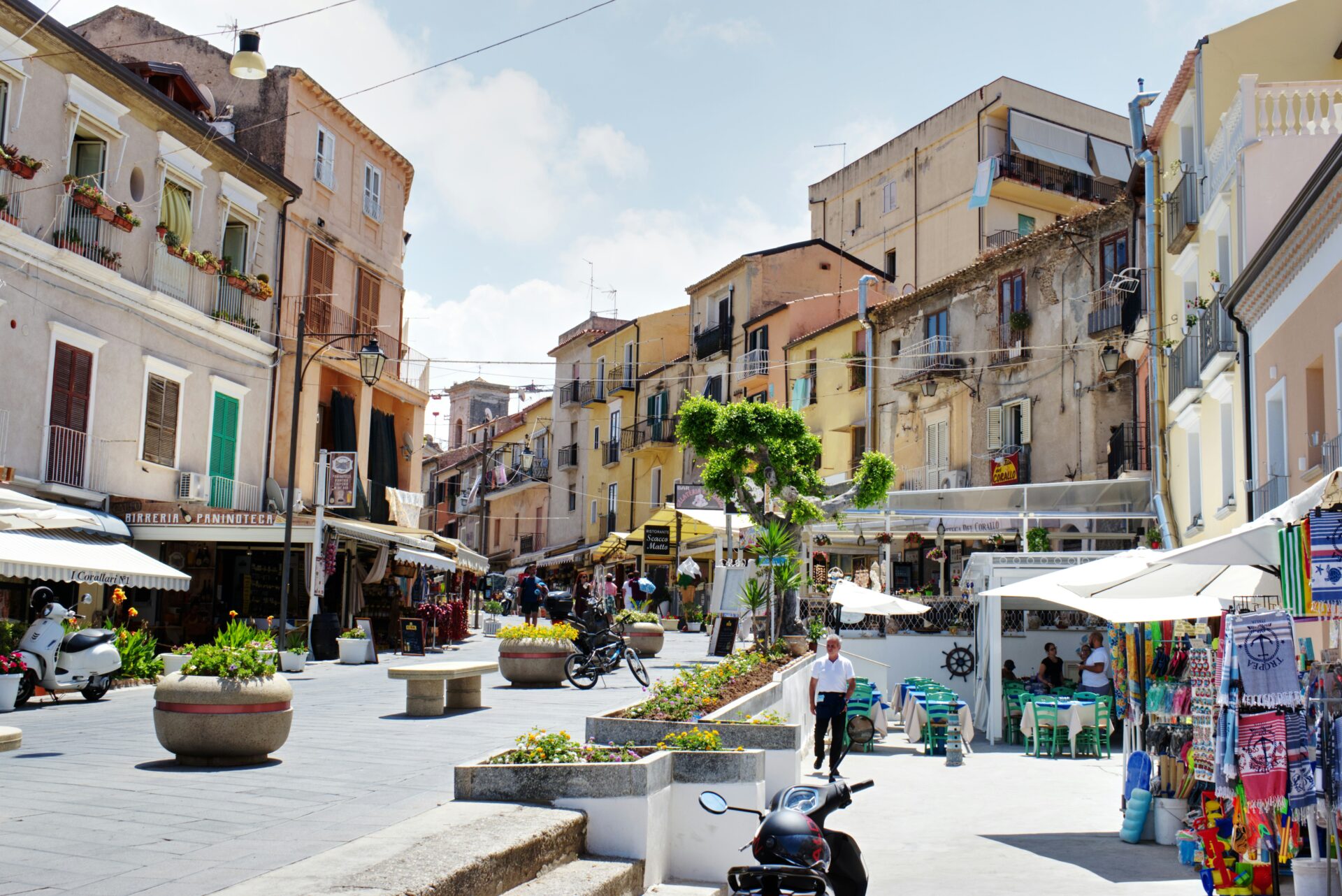
Community Support and Patience
What really amazes me is how locals rally around their iconic crop when things get tough. I’ve seen restaurants adjust their menus instead of using onions that just don’t measure up. You can feel the pride everywhere.
People in the markets show a surprising amount of patience. They’ll wait in long lines for the real thing, refusing to settle for ordinary red onions. That kind of support keeps traditional farming alive.
Local cooking classes now teach folks how to use every part of the Tropea onion. I joined one and we made onion jam, soup, and even used the skins for natural dye.
The regional government actually helps out with programs for small-scale farmers who stick to heritage growing techniques. Their willingness to work through all the certification steps keeps things authentic—exactly the sort of experience tourists like me come looking for.

